Home>Gardening & Outdoor>Outdoor Recreation & Activities>How To Prime A Swimming Pool Pump
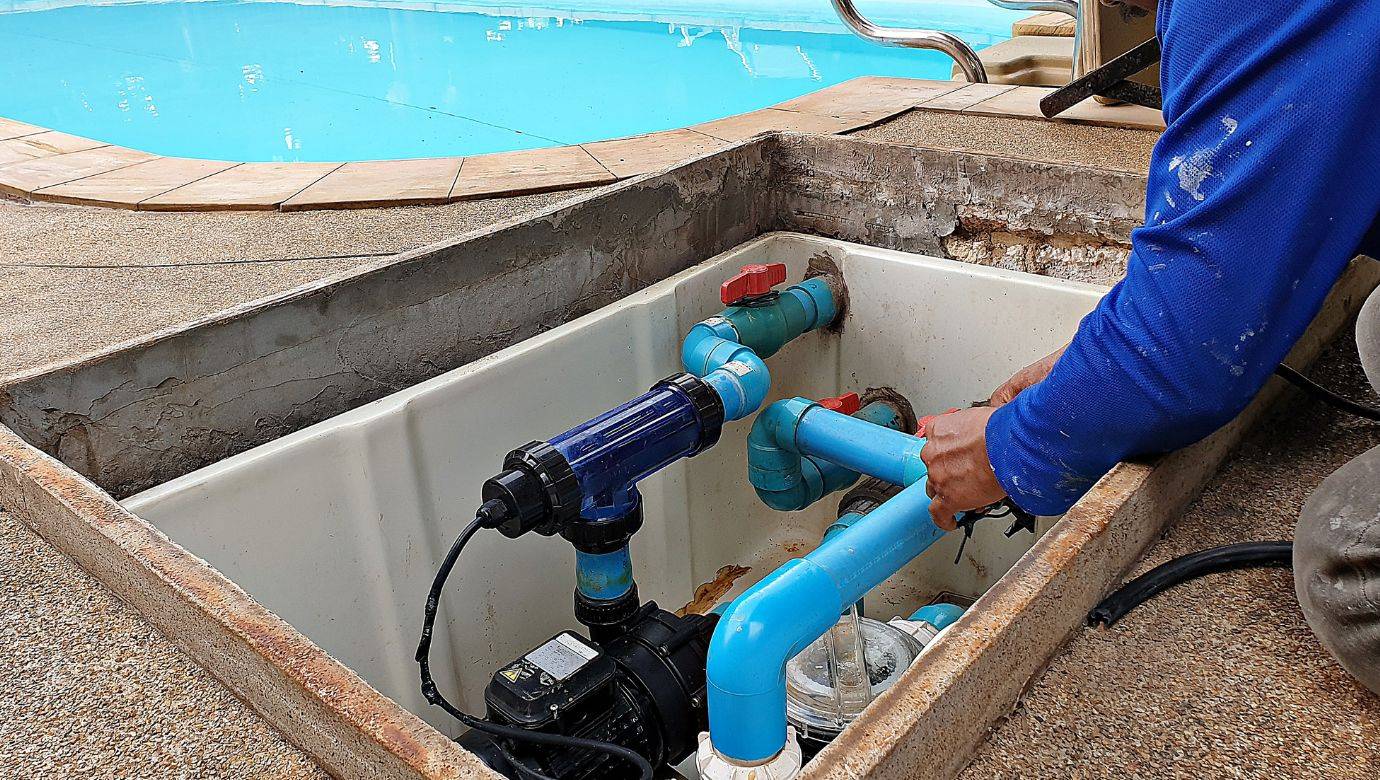

Outdoor Recreation & Activities
How To Prime A Swimming Pool Pump
Published: February 18, 2024
Learn how to prime a swimming pool pump with our step-by-step guide for outdoor recreation and activities. Keep your pool in top condition with our expert tips.
(Many of the links in this article redirect to a specific reviewed product. Your purchase of these products through affiliate links helps to generate commission for Storables.com, at no extra cost. Learn more)
Introduction
Priming a swimming pool pump is a crucial maintenance task that ensures the proper functioning of the pool's filtration system. When a pool pump is not primed correctly, it can lead to inefficiencies in water circulation, potentially causing water to become stagnant and unhygienic. Therefore, understanding the process of priming a swimming pool pump is essential for pool owners and maintenance personnel.
A well-primed pool pump facilitates the circulation of water through the filtration system, allowing for the removal of debris, dirt, and other impurities. This process is vital for maintaining the water's clarity and hygiene, creating a safe and enjoyable swimming environment for all users.
In this comprehensive guide, we will delve into the significance of priming a swimming pool pump and provide a detailed walkthrough of the steps involved in the priming process. Additionally, we will address common issues that may arise during priming and offer troubleshooting tips to help pool owners overcome these challenges.
By the end of this guide, readers will have a thorough understanding of the importance of priming a swimming pool pump and the knowledge to execute the priming process effectively. Let's embark on this journey to unravel the intricacies of maintaining a well-functioning swimming pool pump.
Key Takeaways:
- Priming your swimming pool pump is like giving it a refreshing drink of water. It keeps the water clean, clear, and safe for swimming by helping the pump do its job efficiently.
- Troubleshooting common issues like air leaks and pressure fluctuations can help you keep your pool pump in top shape. By understanding and addressing these problems, you can ensure a smooth and enjoyable swimming experience.
Read more: How To Prime A Water Pump
Understanding the Importance of Priming a Swimming Pool Pump
Priming a swimming pool pump is a fundamental aspect of pool maintenance, playing a pivotal role in ensuring the efficient operation of the pool's filtration system. When a pool pump is primed, it means that the pump and the connected plumbing are filled with water, creating the necessary pressure to initiate the circulation process. This process is essential for maintaining the water's cleanliness, clarity, and overall hygiene, making it a critical step in preserving a safe and enjoyable swimming environment.
One of the primary reasons why priming a swimming pool pump is crucial is its direct impact on water circulation. A properly primed pump facilitates the continuous flow of water through the filtration system, allowing for the removal of debris, dirt, and other impurities. Without adequate circulation, these contaminants would accumulate in the pool, leading to water that is cloudy, unhygienic, and potentially unsafe for swimmers. By ensuring the pump is primed, pool owners can maintain crystal-clear water that is inviting and conducive to a pleasant swimming experience.
Furthermore, a well-primed pool pump contributes to the overall efficiency of the pool's filtration system. When the pump is primed, it can effectively draw water from the pool, pass it through the filter for purification, and return it to the pool in a continuous cycle. This process helps to maintain the chemical balance of the water, ensuring that it remains sanitized and free from harmful bacteria and algae. Additionally, proper circulation and filtration contribute to the prevention of waterborne illnesses, making priming a crucial factor in upholding the health and well-being of swimmers.
In essence, the importance of priming a swimming pool pump cannot be overstated. It is a foundational maintenance task that directly impacts the cleanliness, clarity, and safety of the pool water. By understanding the significance of priming and recognizing its role in promoting optimal water circulation and filtration, pool owners can prioritize this essential process as part of their routine pool maintenance efforts.
Steps to Prime a Swimming Pool Pump
-
Turn Off the Power: Before initiating the priming process, it is crucial to ensure that the pool pump is completely powered off. This can be achieved by switching off the pump's electrical supply at the circuit breaker to prevent any potential mishaps during the priming procedure.
-
Close the Skimmer and Main Drain Valves: To effectively prime the pool pump, it is necessary to close the skimmer and main drain valves. This action prevents air from entering the system during the priming process, allowing the pump to efficiently draw water from the pool.
-
Remove the Pump Lid: Carefully remove the pump lid to access the pump chamber. This step provides visibility into the pump's interior and allows for the inspection of the strainer basket for any debris or blockages that may impede the priming process.
-
Fill the Pump Chamber with Water: Using a garden hose or a bucket, fill the pump chamber with water until it reaches the brim. This ensures that the pump and the connected plumbing are adequately filled with water, laying the foundation for successful priming.
-
Replace the Pump Lid and Securely Seal It: Once the pump chamber is filled with water, reposition the pump lid and ensure that it is securely sealed. This step is essential to prevent any air from entering the pump chamber, maintaining the integrity of the priming process.
-
Turn On the Pump: With the pump lid securely in place, switch on the pool pump at the circuit breaker. As the pump begins to operate, it will draw the water from the pool, initiating the priming process as the water circulates through the filtration system.
-
Monitor the Pressure Gauge: While the pump is running, monitor the pressure gauge to ensure that it indicates a steady increase in pressure. This signifies that the pump is effectively primed and that water is circulating through the system as intended.
-
Open the Air Relief Valve (If Applicable): In some pool pump systems, there may be an air relief valve that needs to be opened to release any trapped air. This step helps to optimize the priming process and ensures that the pump operates at peak efficiency.
By following these comprehensive steps, pool owners and maintenance personnel can successfully prime a swimming pool pump, promoting efficient water circulation and maintaining the pool's cleanliness and hygiene.
Troubleshooting Common Issues with Priming
Priming a swimming pool pump may encounter common issues that can hinder the process. Understanding these issues and knowing how to troubleshoot them is essential for maintaining the pump's optimal performance. Here are some common problems and their respective troubleshooting steps:
Insufficient Water Flow
If the pump is struggling to draw water from the pool during the priming process, it may indicate an issue with water flow. This could be caused by a clogged skimmer basket or a blocked main drain. To troubleshoot this issue, inspect and clean the skimmer basket to remove any debris that may be obstructing water flow. Additionally, check the main drain for any blockages and clear them to ensure unimpeded water circulation.
Read more: How To Tile A Swimming Pool
Air Leaks
Air leaks in the pump's plumbing can disrupt the priming process, leading to inefficiencies in water circulation. To address this issue, carefully inspect the pump's plumbing connections, including the inlet and outlet valves, as well as the pump lid seal. Tighten any loose connections and replace damaged seals to eliminate air leaks and facilitate smooth priming.
Pump Cavitation
Pump cavitation occurs when the pump is unable to maintain a consistent flow of water, resulting in the formation of air bubbles and a distinct, irregular noise. This issue can be attributed to a low water level in the pool or a clogged impeller. To troubleshoot pump cavitation, ensure that the pool water level is adequate to facilitate proper pump operation. Additionally, inspect the impeller for any debris or obstructions and clean it thoroughly to restore optimal pump performance.
Pressure Fluctuations
Fluctuations in pump pressure during the priming process may indicate underlying issues such as a clogged filter or a malfunctioning pressure gauge. To troubleshoot pressure fluctuations, inspect the pool's filtration system and clean or replace the filter as needed to ensure unobstructed water flow. Additionally, verify the accuracy of the pressure gauge and recalibrate it if necessary to provide reliable pressure readings.
Inadequate Priming
If the pump fails to prime effectively despite following the standard priming procedure, it may be due to persistent air pockets in the plumbing system. To address inadequate priming, consider using a pool pump primer or a garden hose to force water into the pump's inlet to displace any trapped air. This method can help facilitate complete priming and restore the pump's functionality.
By understanding these common issues and their respective troubleshooting steps, pool owners and maintenance personnel can effectively address priming-related challenges, ensuring the consistent and efficient operation of the swimming pool pump.
Read more: How To Empty A Swimming Pool
Conclusion
In conclusion, the process of priming a swimming pool pump is a fundamental aspect of pool maintenance that directly impacts the efficiency, cleanliness, and safety of the pool water. By understanding the significance of priming and following the comprehensive steps outlined in this guide, pool owners and maintenance personnel can ensure the optimal operation of the pool's filtration system.
Priming a swimming pool pump is not merely a routine task; it is a critical element in maintaining a healthy and inviting swimming environment. When the pump is effectively primed, it facilitates the continuous circulation of water through the filtration system, allowing for the removal of debris, dirt, and other impurities. This process is essential for preserving the water's clarity and hygiene, creating a safe and enjoyable swimming experience for all users.
Moreover, the importance of priming extends to the overall efficiency of the pool's filtration system. A well-primed pump enables the effective removal of contaminants, contributing to the maintenance of the water's chemical balance and the prevention of waterborne illnesses. By prioritizing the priming process, pool owners can uphold the health and well-being of swimmers while prolonging the lifespan of the pool equipment.
Furthermore, understanding and addressing common issues that may arise during the priming process is crucial for maintaining the pump's optimal performance. By troubleshooting problems such as insufficient water flow, air leaks, pump cavitation, pressure fluctuations, and inadequate priming, pool owners can overcome challenges and ensure the consistent and efficient operation of the swimming pool pump.
In essence, the proper priming of a swimming pool pump is a foundational maintenance task that should not be overlooked. By following the steps outlined in this guide and being equipped with the knowledge to troubleshoot common issues, pool owners and maintenance personnel can uphold the integrity of the pool's filtration system, promoting crystal-clear water and a safe swimming environment for all. With a well-primed pump, pool maintenance becomes more than a routine – it becomes a commitment to providing an exceptional swimming experience for all who enjoy the pool's refreshing waters.
Frequently Asked Questions about How To Prime A Swimming Pool Pump
Was this page helpful?
At Storables.com, we guarantee accurate and reliable information. Our content, validated by Expert Board Contributors, is crafted following stringent Editorial Policies. We're committed to providing you with well-researched, expert-backed insights for all your informational needs.








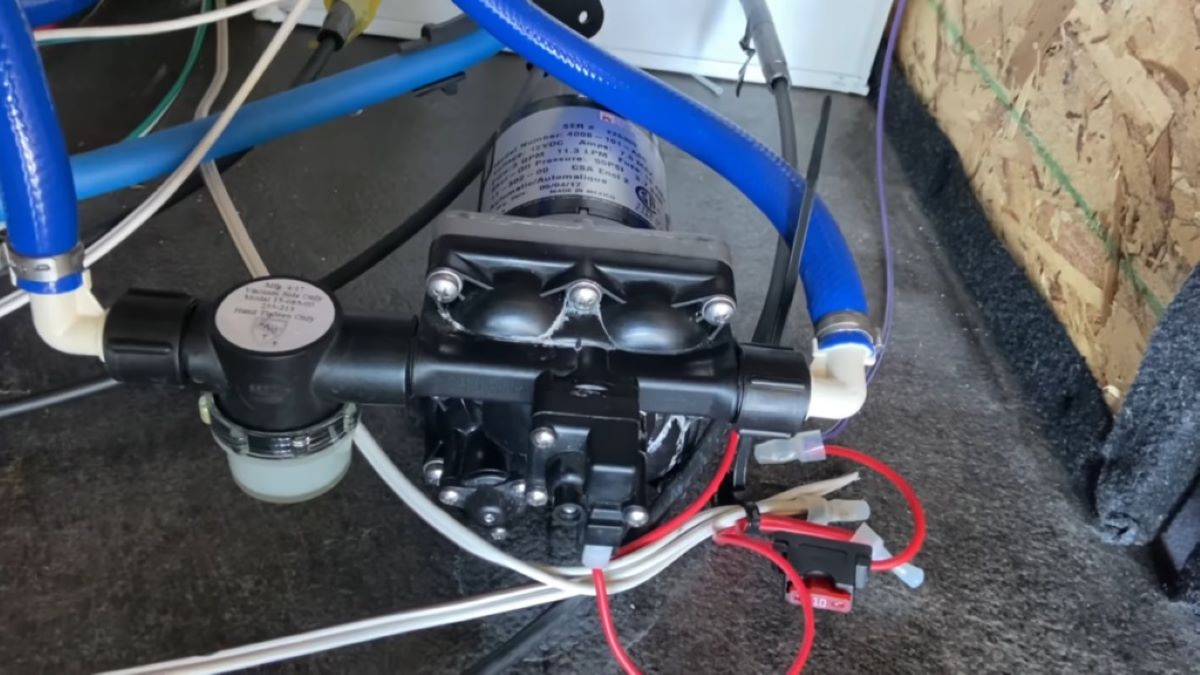
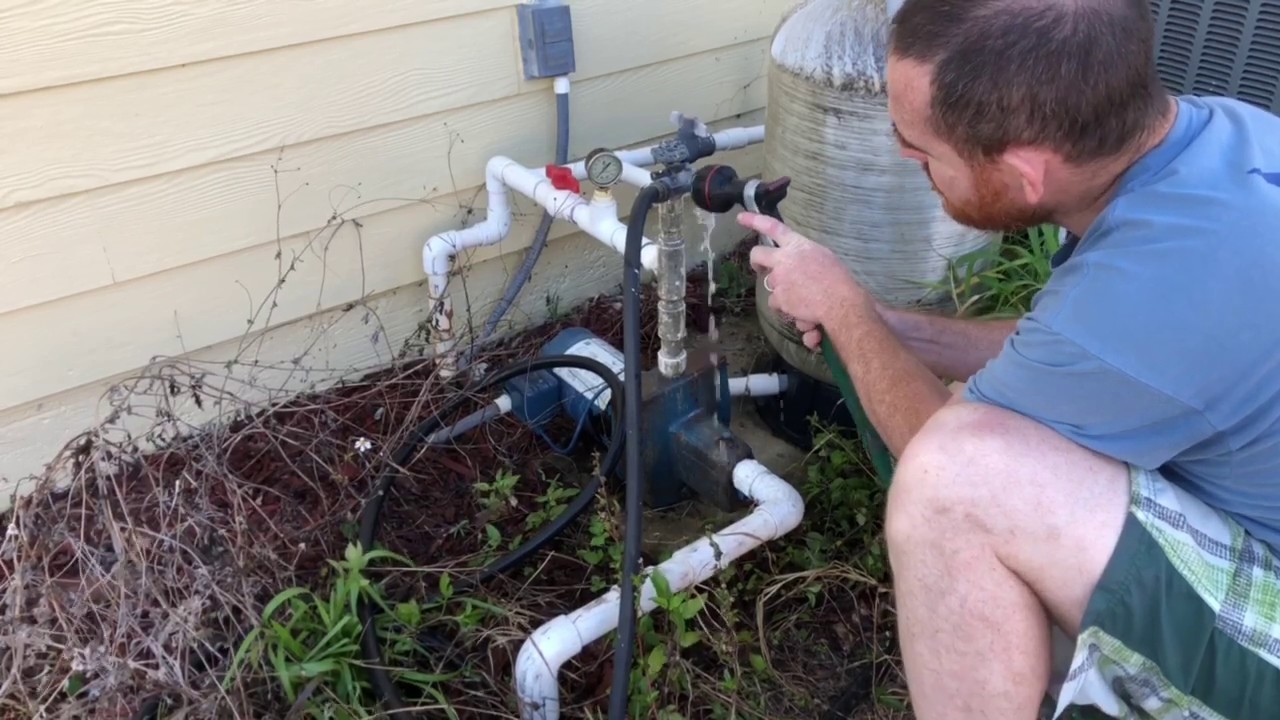
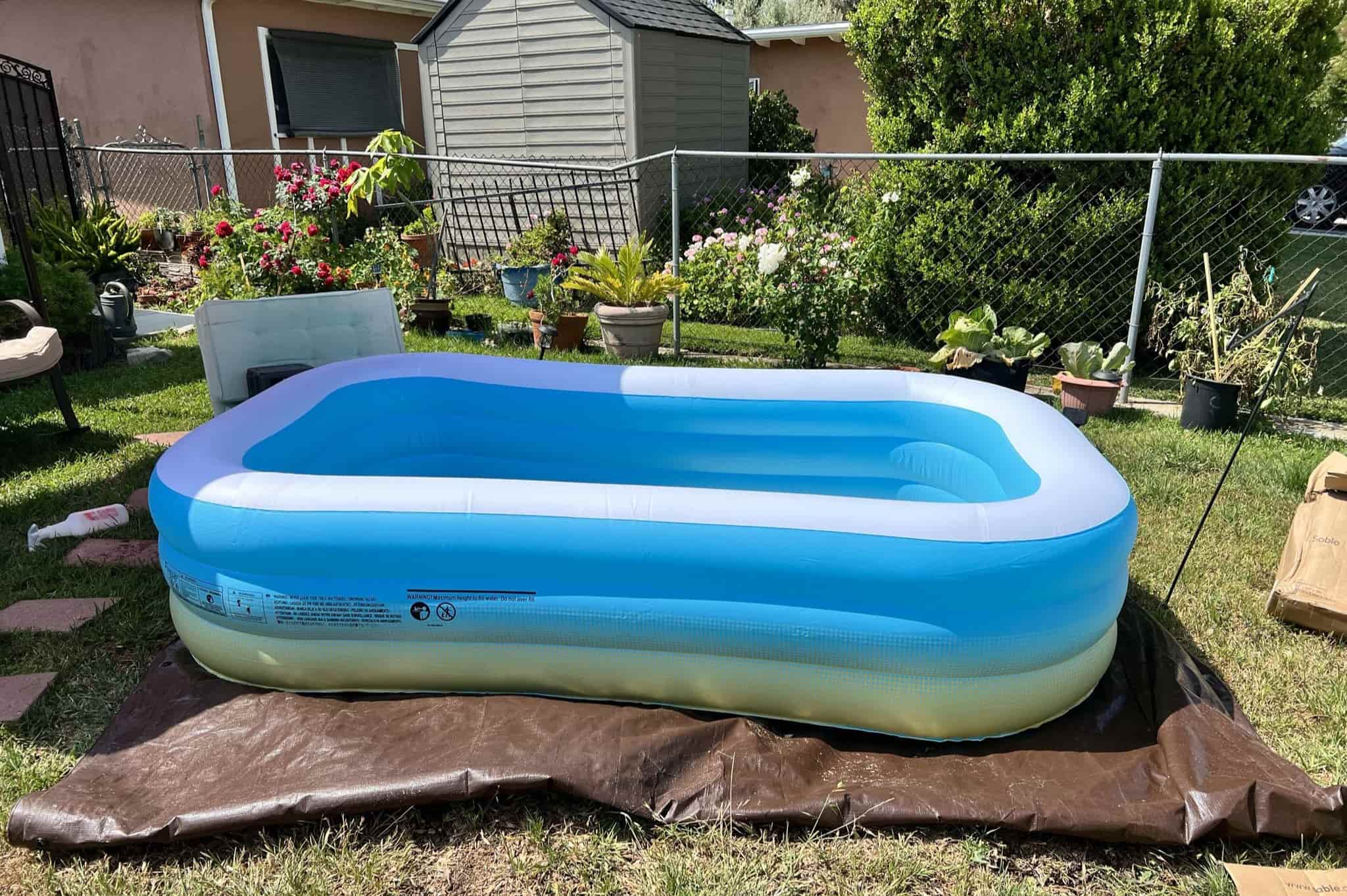
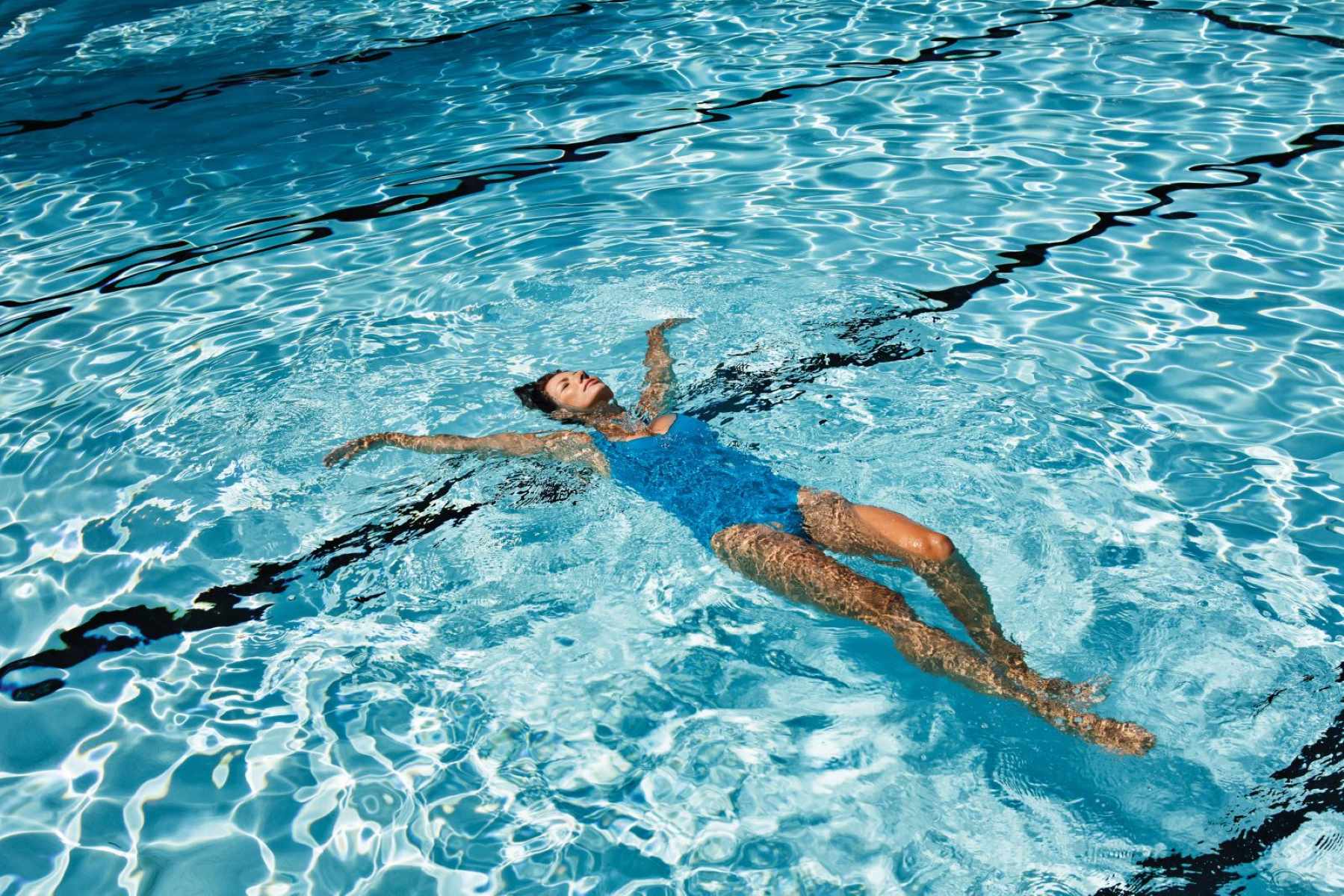
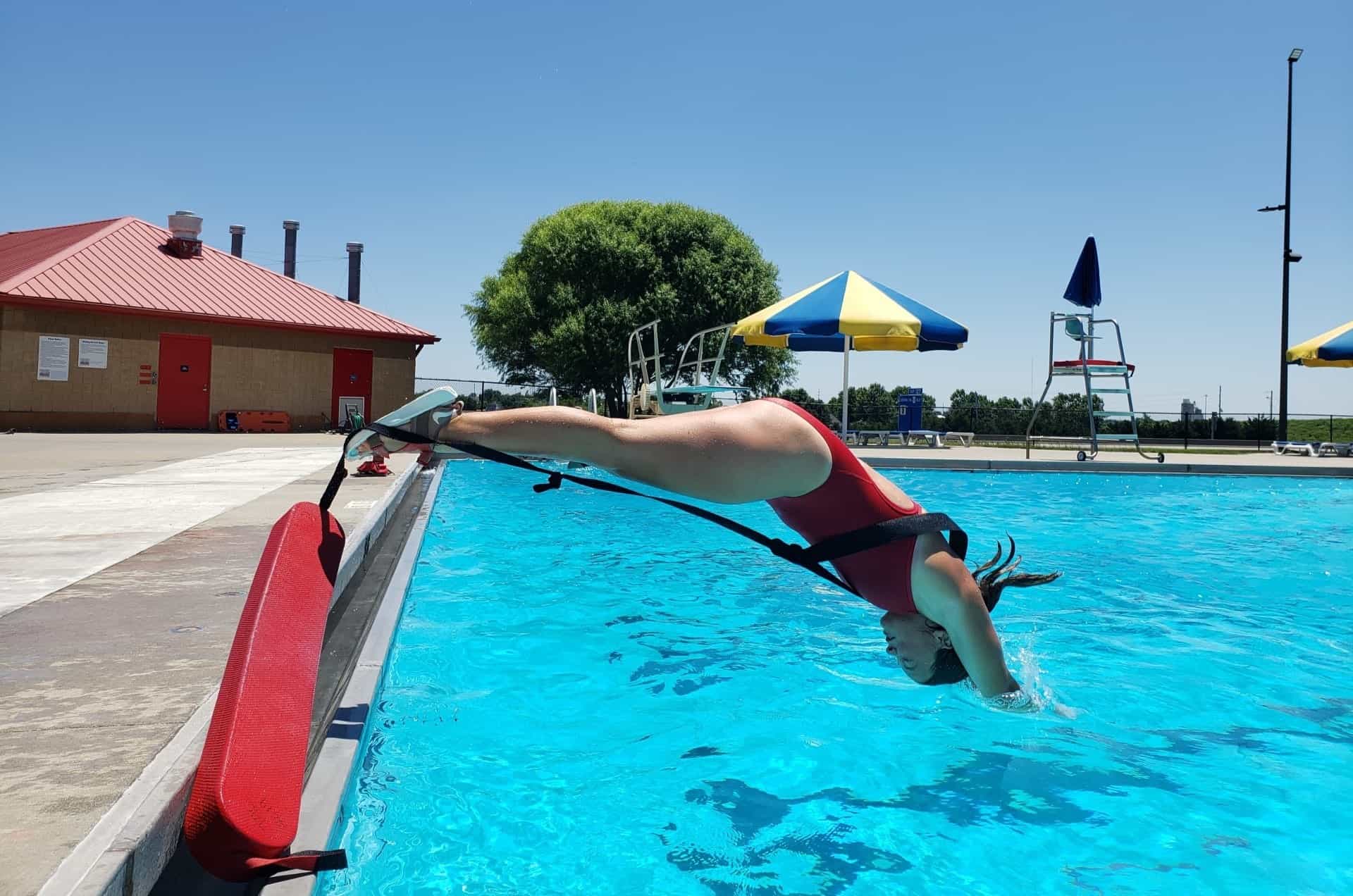

0 thoughts on “How To Prime A Swimming Pool Pump”